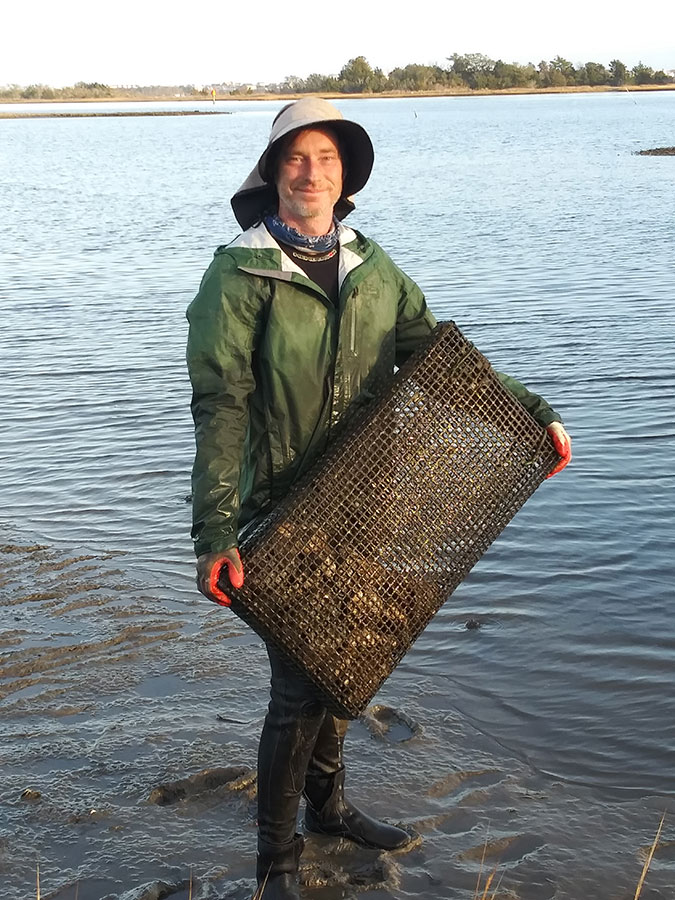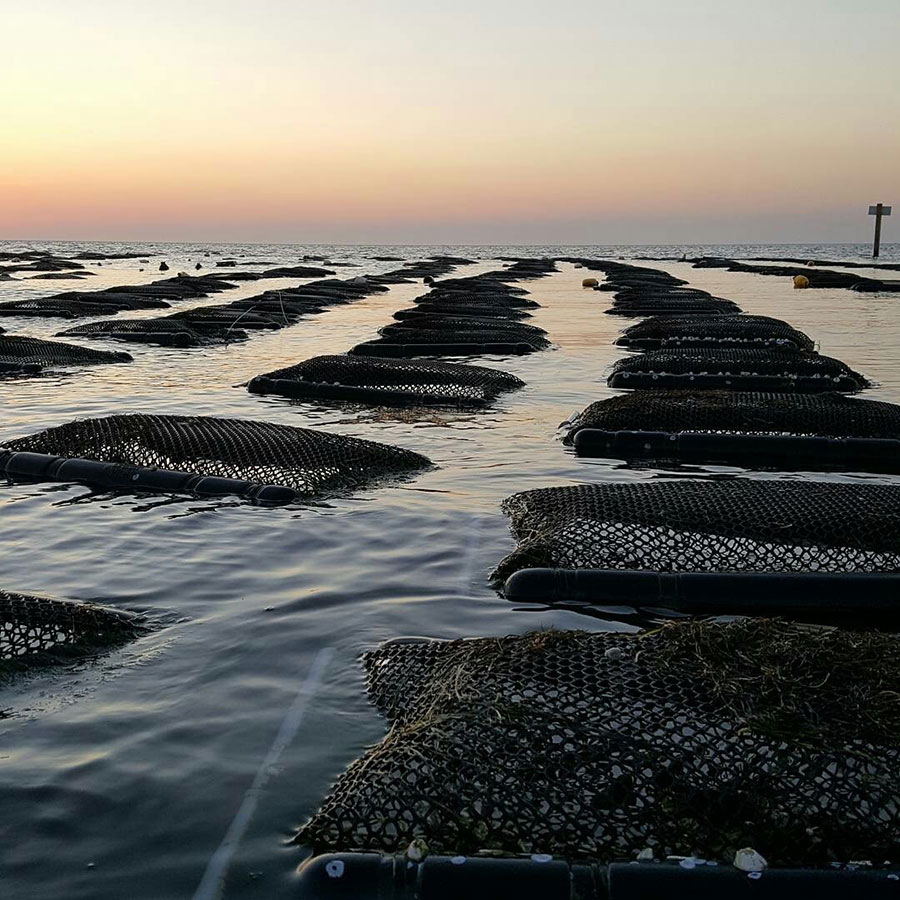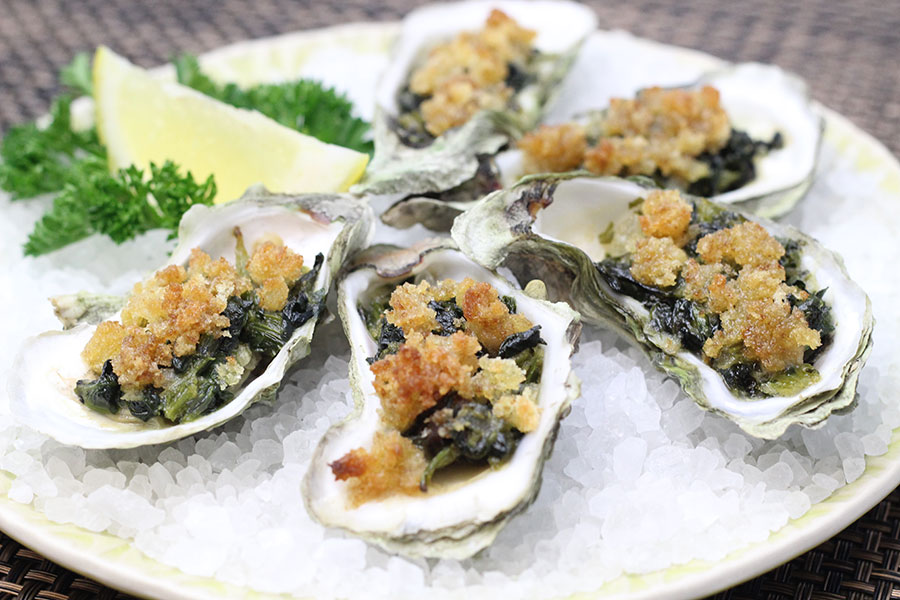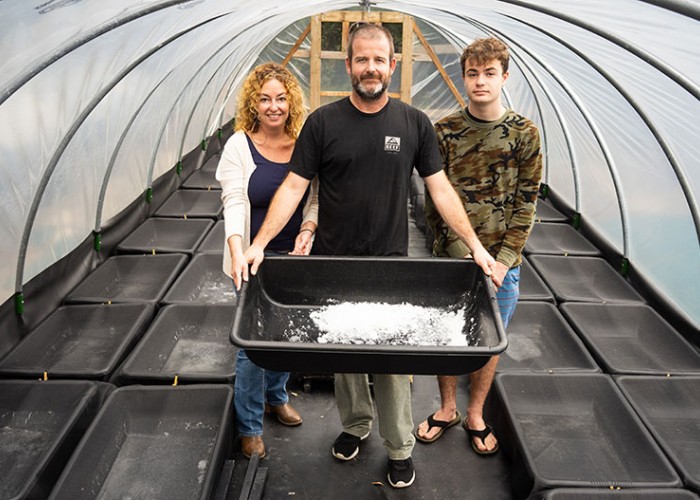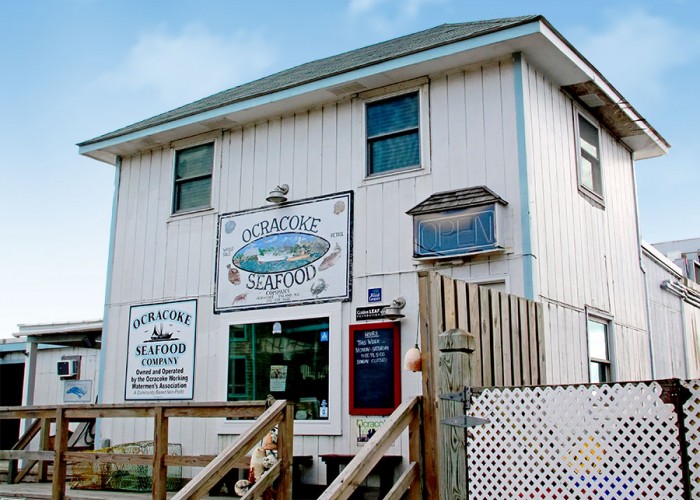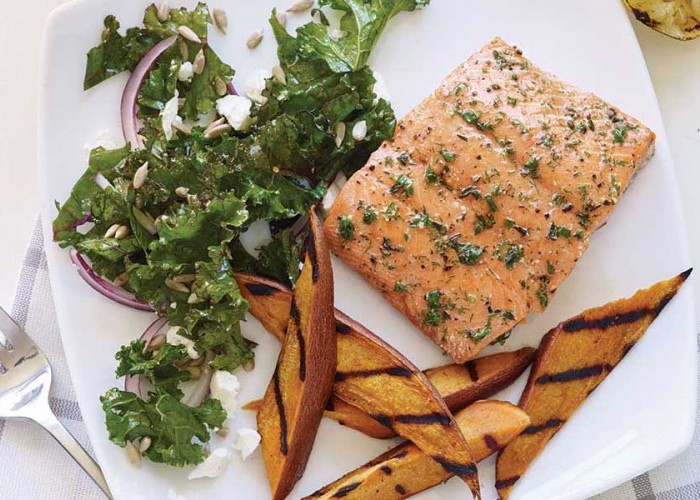NC’s Oyster Trail is an Experience on the Half Shell
Visit seafood markets, farms and restaurants along our coast
By Margaret Buranen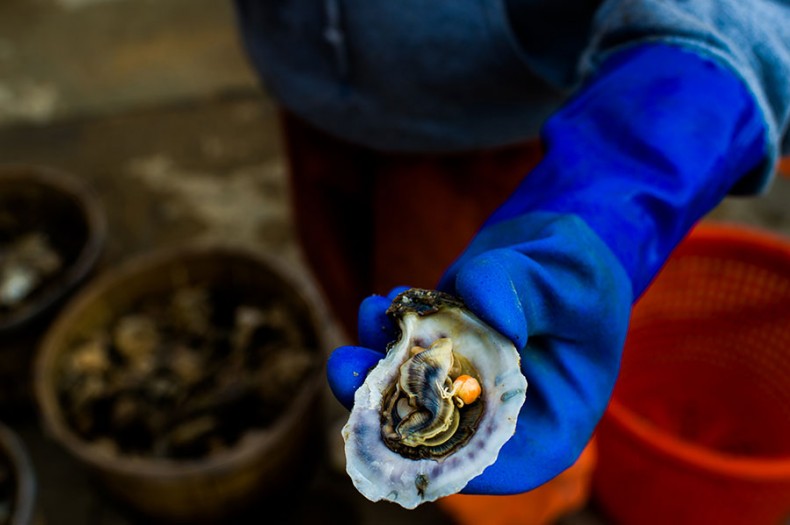
An NC oyster with a small, orange pea crab, indicative of oysters raised in high-quality water (and considered good luck). Photo courtesy of Daniel Pullen.
Whether being farmed fresh in coastal waters or served up at nearby restaurants and markets, oysters have been a sought-after commodity in the state since the late 1800s, according to The North Carolina Coastal Federation (NCCF).
Since May 2020, a new way to experience this bounty has been growing. Similar to California’s wine trails and Kentucky’s Bourbon Trail, the North Carolina Oyster Trail provides travelers with a new cultural and food trail to explore.
Jane Harrison, coastal specialist with NC Sea Grant, says the Trail “connects travelers, foodies, and outdoor adventure lovers to the magic of the North Carolina oyster.”
The Trail is a project of NCCF, NC Sea Grant and the NC Shellfish Growers Association. Its purpose is to teach people about oysters’ value for eating and protecting the environment.
Oyster farming currently contributes $20 million to the state’s agricultural economy. NC oyster industry members hope to increase that figure to $100 million by 2030.
How an oyster tastes is influenced by the body of water it comes from, the algae it feeds on, the strength of currents and tides, the mineral content of the seafloor, rainfall, temperature and season.
The Oyster Trail includes restaurants, oyster farms, seafood markets and more. Trail member restaurants must offer at least one type of NC oyster on their menus year-round.
The Oyster Trail’s educational exhibits include the demonstration oyster farm at NCCF’s Wanchese office. The exhibit shows various oyster-raising techniques.
“[Oyster farm tours] will really take off when COVID becomes less of a concern,” Jane predicts. “Traveling by boat to see where your food is grown — that’s a special experience.”
From the sea
One of the oyster farmers who will offer boat tours for visitors is Tom Cannon, a Jones-Onslow EMC member. At his Soundside Oyster Farms, he raises Soundside Salt and the saltier Topsail Salt oysters.
Tom’s interest in oysters began with a paper on oyster habitats and coastal restoration that he wrote while studying at Appalachian State University in Boone.
“The power of the oyster to help the environment intrigued me,” he explains. “Ten years later I was still interested, so I went out on a friend’s boat [to see his oyster farm]. Four years later, I’ve got my own farm.”
The best part of oyster farming is “watching something grow, seeing it get better and better and helping it,” Tom says. And while the work can be hard, “you know you’ve accomplished something great on tough days.”
Tom reveals the challenges of oyster farming to include regulatory hurdles and keeping things running in a saltwater environment. “An estuary is a harsh environment for engines and metal parts.”
He buys oyster seed (also known as “spat”) from a nearby oyster nursery. He places the one-quarter-inch oysters into mesh bags that he puts into steel cages, which float in the waters of Topsail, Stump and Middle Sounds. As the oysters grow, he sorts and places them into larger mesh bags.
It takes nine to 18 months for the spats to grow large enough for harvesting. Tom starts two to three crops annually.
To the table
Although raw oysters might be a bit of an acquired taste, they can be prepared and cooked in all manner of ways, and Tom is quick to point out that they are one of the healthiest proteins you can eat.
“They have vitamins A, B, C and D, and good minerals — iron, calcium and zinc,” he says.
Connoisseurs can pick out differences in flavor based on the waters in which oysters are grown. That variance is termed “merroir.”
Jane Harrison explains merroir as “how local environmental conditions influence the oyster’s flavor profile. How an oyster tastes is influenced by the body of water it comes from, the algae it feeds on, the strength of currents and tides, the mineral content of the seafloor, rainfall, temperature and season.”
Tideland EMC member Janille Turner and her husband, George, own the Ocracoke Oyster Company — one of the many restaurants found on the Oyster Trail, and the only oyster restaurant on Ocracoke Island.
Like other oyster restaurant owners, Janille and her husband are hoping the Oyster Trail helps folks discover them and their oysters.
“We get all of our oysters locally, two or three days a week, and they are always fresh,” Janille says. “We shuck all of them here.”
The restaurant’s most popular oyster order is a combo platter with three kinds of baked oysters. Janille says that after trying this dish, “most people order a dozen of whichever type of oysters they liked the most.”
By offering education, entertainment and delicious food, the NC Oyster Trail should become a real asset to NC visitors and residents. And it’s all because of oysters.
“Oysters are the most amazing things — technically speaking,” Tom says. “Created by nature, and the perfect sustainable food.”
Plan your trip on the NC Oyster Trail
This interactive map is a great way to find oysters near you.
Visit the oyster trail's official website to explore more NC Oyster Trail sites, including restaurants, shellfish farm tours, education and more. You can also call 252-393-8185 for information.
-
Gifts from the Sea
-
Share this story:

